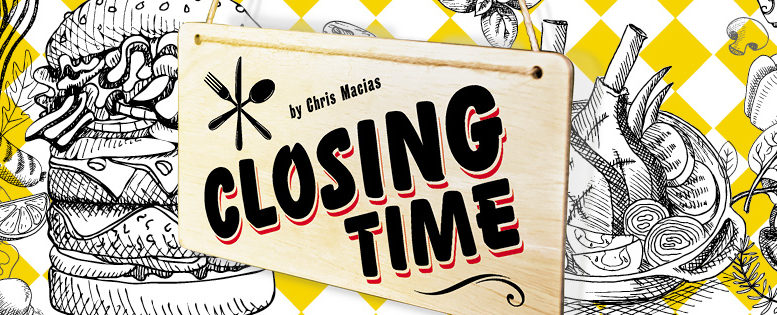The industry was struggling before coronavirus shutdowns. Restaurants can’t make it on take-out alone.
By Jot Condie
One of my staff members came to me not long ago to relay the woes of a local Sacramento restaurateur.
“Unlike the others, he’s not closing,” she said. “He’s still open, but he’s had to lay off a manager, run the front-of-house with fewer servers and pare down the menu.”
That conversation feels like it took place years ago, but it occurred in late January, when Sacramento News & Review was covering a spate of restaurant closures in the city and our email inbox at the California Restaurant Association was pinging with news of one closure after another.
Looking back, however, those days of contending with rising rents, rising labor costs and razor-thin profits feel like “the good old days.”
Here’s where we are today: More than half of California restaurants are closed. Those still open are just running kitchens to offer delivery and to-go service. We know communities appreciate that, and we know the need for at-home meals has grown with children home from school and all of us under shelter-in-place orders. We’re grateful that some restaurants are still able to do this.
But my focus is on what’s next. How much longer can restaurants sustain themselves simply preparing to-go orders, business that accounts for only a fraction of their usual sales? And what happens when they’re allowed to reopen? Will people flock to restaurants, hoping to make up for lost time?
Even at the CRA, where we spend all our time studying this industry and talking to restaurant operators, we’re not sure. Once restaurants are allowed to reopen, they may be told by public health officers that they must do so with much more limited numbers of diners. As for consumers, maybe they’ll be excited to dine out again, go back to the movies and the malls. Or maybe millions of them will be reeling from the fact that they’ve been out of work for weeks or months—and spending for a meal will be the last thing on their minds.

How much longer can restaurants sustain themselves simply preparing to-go orders, business that accounts for only a fraction of their usual sales? And what happens when they’re allowed to reopen?
Jot Condie, CEO of the California Restaurant Association
So what do we do? And out of all the industries out there struggling, why is so much of the public conversation about restaurants anyway?
The first question is a little tougher to answer, but the last one is a no-brainer. California restaurants, which employ 1.4 million people during normal times, have been one of the industries hardest hit by COVID-19. And it’s not surprising: restaurants are about gathering—and that’s what we can’t do right now.
Restaurants also generate more sales tax than any other industry, and that’s important because it helps fund public education, firefighting and law enforcement. This fact often surprises people who imagine that a major driver of sales tax must be retailers selling big-ticket items, like a row of auto dealerships. But collectively, it’s our community’s restaurants that generate the most in sales taxes that help pay for public services.
But the dollars and cents are not the only reason these businesses are worth saving. Restaurants are so many things that we want an industry to be. They are mostly independently-owned businesses whose owners live in the same community where they operate. In California, 60% of restaurants are owned by people of color. They provide us a brief escape at the end of a long day, and they’re a place to go when we have something to celebrate. They help anchor their neighborhood shopping centers, where we often otherwise find dark, empty storefronts left vacant by shops having more and more trouble competing with online retailers.
So restaurants are worth saving… but how?
By now, you’ve heard all the appeals to order takeout and delivery. If you can afford to do so, then restaurants welcome that as it keeps at least a little bit of revenue coming in and some of their staff employed. Another thing we can all do is trust local and state public health experts. Once they’re ready to say it’s okay to go out again—whether that’s weeks from now or months from now—I’m going to trust them, just as I did when they said to stay home.
At the CRA, we advocate for restaurants by talking to state lawmakers, the governor’s office and city councils all around the state, and we could always use the public’s help. You can visit a website we’ve created, DineOutCA.com, and sign up for our action alerts. You’re not just saving someone else’s “industry.” You’re saving your neighborhood restaurant, a place we’ll all want to have around for years to come.






Be the first to comment on "Why restaurants are worth saving"